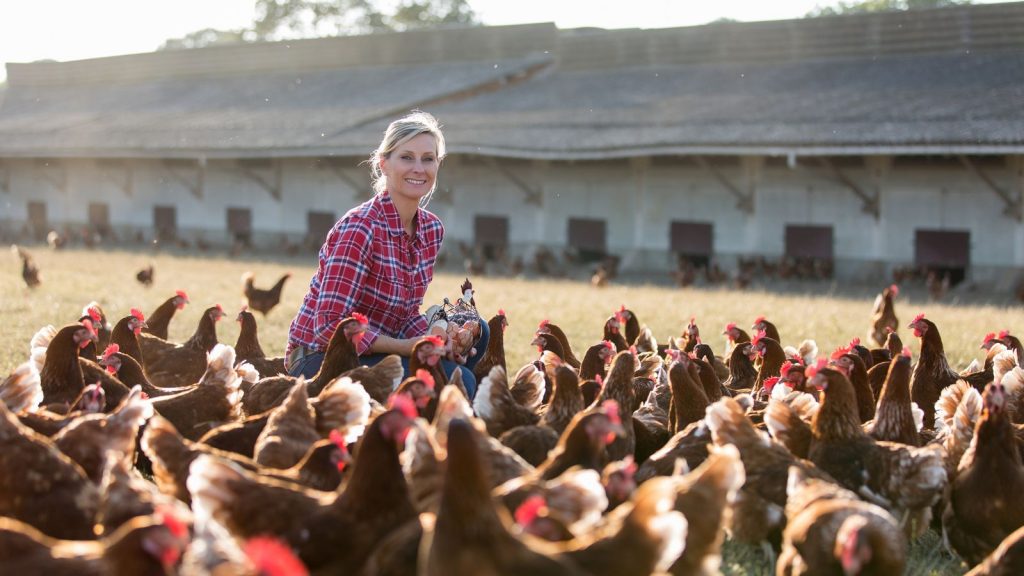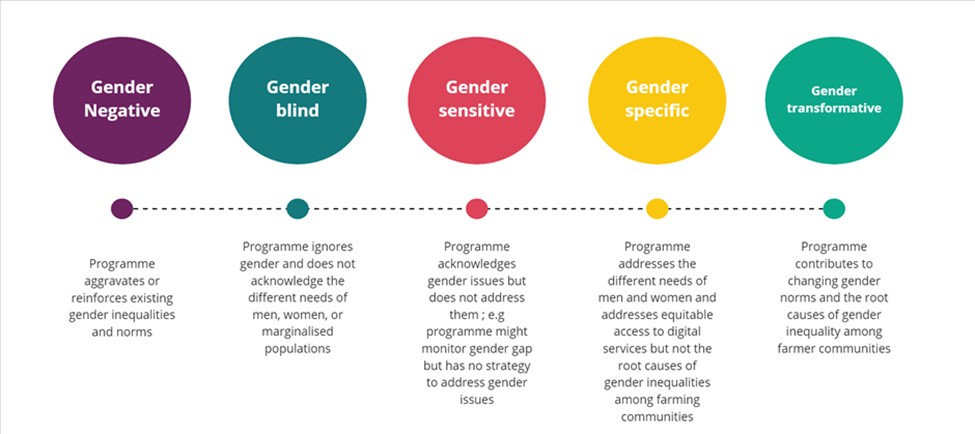
In the last decade or so, we have been hearing and reading more about the gender gap in funding. On last year’s International Women’s Day, dealroom reported, in those 10 weeks of 2022, that all-women founding teams had secured just 0.4% of European venture capital, while mixed-gender founding teams had raised 15.2% of the capital. In 2021, all-women founding teams raised 1.1% of capital, and mixed teams 8.8% [1].
THE INVESTMENT GAP
Let’s zoom in on DEMETER’s sector.
The Agri-FoodTech has been growing fast, with a yearly growth rate of over 40% between 2016 and 2018. Since 2012, $56 billion has been invested in Agri-FoodTech startups. And 2018 was a record-breaking year, with $16.9 billion invested. Yet in 2018, just 8% of total dollars, across 16% of Agri-FoodTech deals, was invested in firms with at least one female founder. Female-only founding teams again fared worse, taking just 7% of deal activity and 3% of dollar funding[2].
It is hard to dispute such hard data. But how do we change this?
All the discussions about gender clearly point to gender stereotypes perpetuated worldwide in our society. Money is still very much seen as a male topic. The investment gap applies not only to entrepreneurs accessing funding but also individuals investing. A 2022 study from BNY Investment Management identified a $ 3.22 trillion investment gap[3]. N26 surveyed over 16 000 women and men across five European markets, in 2021, and discovered that women invest 29% less than their male counterparts[4].
WE CANNOT CHANGE WHAT WE DO NOT KNOW
We, independent of our own gender, do not see men and women in the same light. A study from Sweden observed real-life conversations between government VCs, in 2009-2010, and found differences in the way men and women are discussed, with men more likely to be described as having potential and being competent[5]. Another study between 2010 and 2016 concluded investors tend to ask male entrepreneurs promotion-focused questions and female entrepreneurs prevention-focused questions and that entrepreneurs tend to respond with matching regulatory focus [6].
So, it seems the first step has to be gathering data and raising awareness. We cannot change what we don’t know.
NEED TO INVOLVE ALL SEXES AND GENDERS
Then, and most importantly, we need to stop portraying the gender gap as a women’s problem, that needs to be solved by women. Only in 2019, the Committee of Ministers of the Council of Europe adopted Recommendation CM/Rec(2019) [7] on preventing and combating sexism, which defined sexism as any act, gesture, visual representation, spoken or written words, practice or behaviour based upon the idea that a person or a group of persons is inferior because of their sex.
We need to involve all sexes and genders in understanding and solving the gap. It should be easy to argue that diversity is positive, and there have been ample findings clearly showing that diverse teams make better decisions[8] [9] [10].
We are not at square one. There has been considerable progress and initiatives to drive change and attempt to close the gap. However, if we don’t have disaggregated data specifying the main challenges women face, we don’t know how to fix them. GSMA identified the lack of disaggregated data to be one of the main barriers to making farming more gender equitable. They have also pointed out a very interesting perspective on how gender-blind approaches by agribusinesses widen the gender gap and continue to affect female farmers disproportionately[11].

Source: GSMA (4-Nov 2022)
TRANSFORMATIVE PROGRAMMES AND INITIATIVES
We need to push the envelop and look for gender transformative programmes and initiatives.
In 2019, Melinda Gates expressed a fear that the media would stop reporting about systemic inequalities, such as gender, or that diversity would remain something companies talk about instead of prioritizing[12]. It is important to continue a wide conversation and support relevant initiatives.
GENDER[13] is a CGIAR impact platform that synthesizes and amplifies research, fills gaps, builds capacity and sets directions to enable CGIAR to have maximum impact on gender equality, opportunities for youth and social inclusion in agriculture and food systems.
The African Women in Agri-FoodTech Program connects, engages and empowers African Women leading businesses in the agri-foodtech space[14].
DEMETER has undertaken a continuous effort to maintain the discussion. In its second open call, the project has provided funding to five pilots in Europe, deploying digital solutions for farming. Three of the pilots are led by women.
This article was written by Rita Campos, Project Manager and Business Developer, F6S
[1] https://dealroom.co/blog/international-womens-day-the-gender-funding-gap
[2] https://mwoma.org/data
[3] https://im.bnymellon.com/us/en/intermediary/inclusive-investment.html
[4] https://n26.com/en-at/women-and-investing-survey
[5] https://hbr.org/2017/05/we-recorded-vcs-conversations-and-analyzed-how-differently-they-talk-about-female-entrepreneurs
[6] https://journals.aom.org/doi/pdf/10.5465/amj.2016.1215?download=true
[7] https://rm.coe.int/CoERMPublicCommonSearchServices/DisplayDCTMContent?documentId=090000168093b26a
[8] https://www.forbes.com/sites/victorlipman/2017/04/19/start-ups-with-female-founders-grow-faster/?sh=5edc19fc513e
[9] https://www.msci.com/documents/10199/04b6f646-d638-4878-9c61-4eb91748a82b
[10] https://piie.com/publications/wp/wp16-3.pdf
[11] https://www.gsma.com/mobilefordevelopment/programme/agritech/gender-disaggregated-data-in-digitisation-of-the-agricultural-last-mile/
[12] https://time.com/5690596/melinda-gates-empowering-women/?#
[13] https://gender.cgiar.org/
[14] https://www.agricatalystng.com/women-in-agritech-program/


